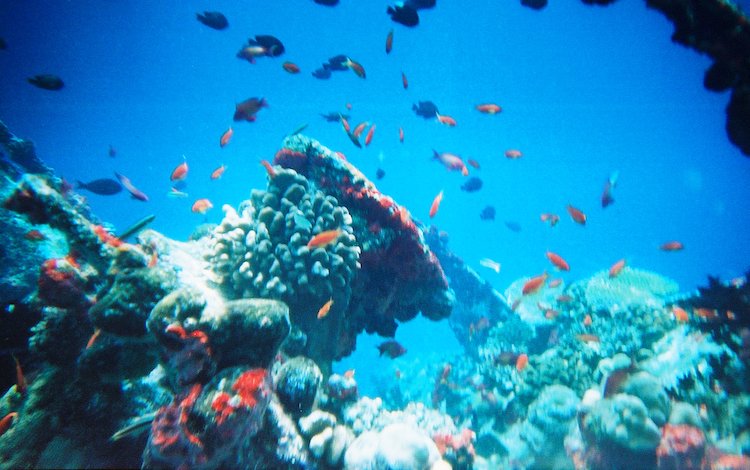By J Nastranis
NEW YORK, 5 March 2023 (IDN) — After two weeks of tough negotiations at the UN Headquarters in New York, the Intergovernmental Conference on Marine Biodiversity of Areas Beyond National Jurisdiction—better known by its acronym BBNJ—has agreed on a text to ensure the conservation and sustainable use of marine biological diversity of areas beyond national jurisdiction.
Already being referred to as the ‘High Seas Treaty’, the agreed legal framework would place 30 per cent of the world’s oceans into protected areas, put more money into marine conservation, and covers access to and use of marine genetic resources.
UN Secretary-General António Guterres has called the agreement a “breakthrough, which marks the culmination of nearly two decades of work and builds on the legacy of the United Nations Convention on the Law of the Sea (UNCLOS),” said Guterres, through his spokesman, Stéphane Dujarric.
“This action is a victory for multilateralism and for global efforts to counter the destructive trends facing ocean health, now and for generations to come,” said the statement issued on 4 March, just hours after the deal was struck at UN Headquarters in New York, where tough negotiations on the draft treaty had been underway for two weeks.
“It is crucial for addressing the triple planetary crisis of climate change, biodiversity loss and pollution. It is also vital for achieving ocean-related goals and targets of the 2030 Agenda for Sustainable Development and the Kunming-Montreal Global Biodiversity Framework,” said the statement.
It referred to the so-called ‘30×30’ pledge to protect a third of the world’s biodiversity—on land and sea—by 2030 made by a historic UN conference in Montreal in December 2022.
The Secretary-General praised all parties for their ambition, flexibility and perseverance. He saluted Ambassador Rena Lee of Singapore for her leadership and dedication.
“Ladies and gentlemen, the ship has reached the shore,” Ms Lee said, announcing the agreement to an extended standing ovation in the meeting room.
The UN chief said he looks forward to continuing working with all parties to secure a healthier, more resilient, and more productive ocean, benefiting current and future generations. The statement issued by the UN Spokesperson said the Secretary-General also recognized the critical support of non-governmental organizations, civil society, academic institutions and the scientific community.
Reacting on Twitter, Csaba Kőrösi, President of the 77th session of the UN General Assembly, also congratulated the delegates and Ms Lee for reaching a consensus on a global legal framework for the high seas. “This is a massive success for multilateralism. An example of the transformation our world needs and the people we serve demand,” he added.
The High Seas, the area of ocean that lies beyond countries’ national waters, is the largest habitat on Earth and home to millions of species, the London-based ‘High Alliance’ is stressing.
With currently just over 1 per cent of the High Seas protected, the new Treaty will provide a pathway to establish marine protected areas in these waters. It agrees with the UN chief that the Treaty is also a key tool to help deliver the recently agreed Kunming-Montreal target of at least 30 per cent protection of the world’s ocean by 2030—the minimum level of protection scientists warn is necessary to ensure a healthy ocean. “But time is of the essence,” says the High Sea Alliance.
In a statement, it added: The new Treaty will bring ocean governance into the 21st century, including establishing modern requirements to assess and manage planned human activities that would affect marine life in the High Seas as well as ensuring greater transparency. This will greatly strengthen the effective area-based management of fishing, shipping and other activities that have contributed to the overall decline in ocean health.
Rebecca Hubbard, Director of the High Seas Alliance, said: “It’s been a very long journey to get to a Treaty. We will be looking to the 52 states that make up the High Ambition Coalition to lead the charge to adopt, ratify and identify important High Seas areas to protect.” [IDN-InDepthNews]
Image: Coral reefs form complex marine ecosystems with tremendous biodiversity. CC BY-SA 2.0
IDN is the flagship agency of the Non-profit International Press Syndicate.
Visit us on Facebook and Twitter.
We believe in the free flow of information. Republish our articles for free, online or in print, under Creative Commons Attribution 4.0 International, except for articles that are republished with permission.

